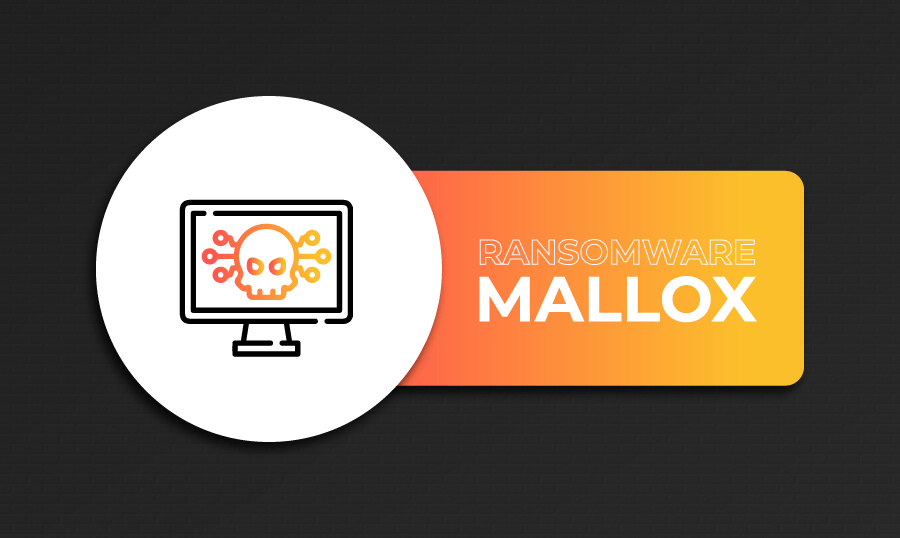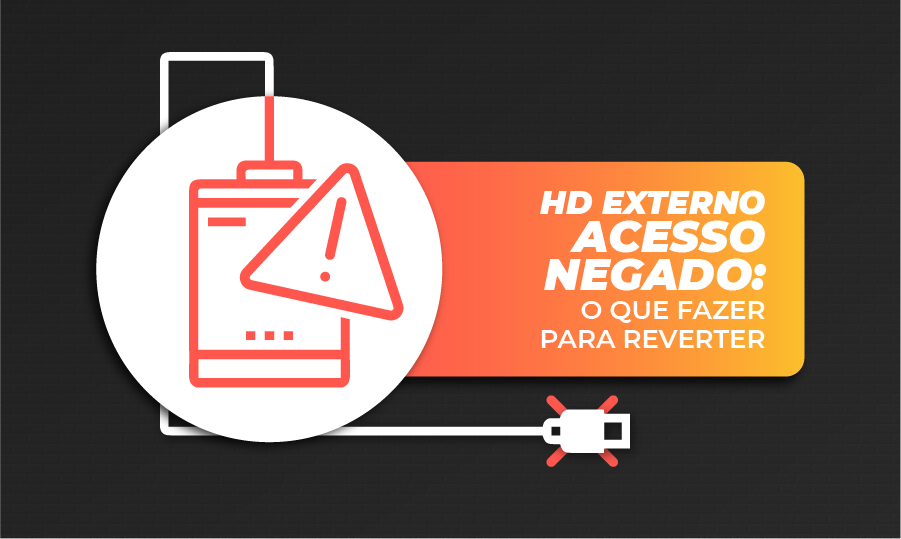Imagine the following situation: you return from your amazing weekend trip, and just as you were going to back up your photos, a short circuit occurs and you lose everything. Or even if you have unintentionally dropped your external hard drive, breaking important parts of its structure and, again, leaving you with no access to data. These and other data loss situations are more common than you might think, which is why companies specializing in data recovery on hard drives play an important role.
Currently, with the large flow of information, data have become fundamental tools not only for people, but also for large corporations, being even considered a strategic part of the business. Thus, data security and recovery gained even more importance and, in this scenario, there are data recovery companies that offer solutions for various devices such as HDs, SSDs, memory cards, pen drives and even for large servers.
How the Data Recovery Process Works
Data recovery is the process of recovering files that for some reason are unavailable to the user. The main reasons that cause data loss are:
- Disk failure;
- Accidental deletion;
- Device drop;
- Power failure and short circuit;
- Cyber attacks such as ransomware;
The data recovery process consists of some steps that are essential to ensure the success and higher rate of data recoverability. The first step is the analysis of the device, which is usually done by a specialized technician. In this analysis, the viability of the service is verified and If the diagnosis is positive, the next step is the attempt to recover the data.
At this stage, some laboratory procedures are performed by data recovery specialists. In addition, it is often necessary to exchange device components, such as motor and reading heads, so that a forced reading is possible.
When recovery is successful, the next step is data validation. This is the moment when the customer will check everything that was recovered by the company. This step is usually done in person or even with the help of remote access tools.
The entire data recovery process requires adequate technique and equipment and, therefore, it is not recommended that it be done by someone without the necessary experience. HD Doctor, for example, is a specialized company that has 20 years of experience in the segment and over 75,000 cases successfully solved throughout Brazil. The company offers data recovery service on HDs, SSDs, memory cards, servers, among others. In addition, HD Doctor offers free analysis and within 24 hours of the device’s arrival in one of its laboratories. For cases of greater urgency, there are also emergency analyzes that reduce about 80% of the time compared to conventional analysis.
With 3 own laboratories, in Belo Horizonte – MG, in Curitiba – PR in São Paulo – SP and 27 service units throughout Brazil, HD Doctor works on a 24×7 basis with the objective of serving customers with maximum efficiency, always valuing the quality and good service.
How much does it cost?
The price of data recovery is always something that generates a lot of questions for those who need to hire the service. It varies a lot depending on the device and even the company hired.
The budget is given taking into account the complexity of the service. Therefore, there is great variation, as it also depends on the state of the device and even on the cause of data loss. To know the exact value, it is necessary to analyze the device, but here we will provide an average value that is generally practiced for this type of service.
- For data recovery on memory cards and pen drives, the values start at R$500.
- In HDs and SSDs the service usually starts at R$800
- Servers the value starts at R$2,000.
Keeping in mind that these values are only an estimate and that they vary according to the complexity of the service. Questions? Call: +55 31 2533-8700 or +55 11 3090-7972
Be sure to follow HD Doctor on social media: Instagram, Facebook and LinkedIn










